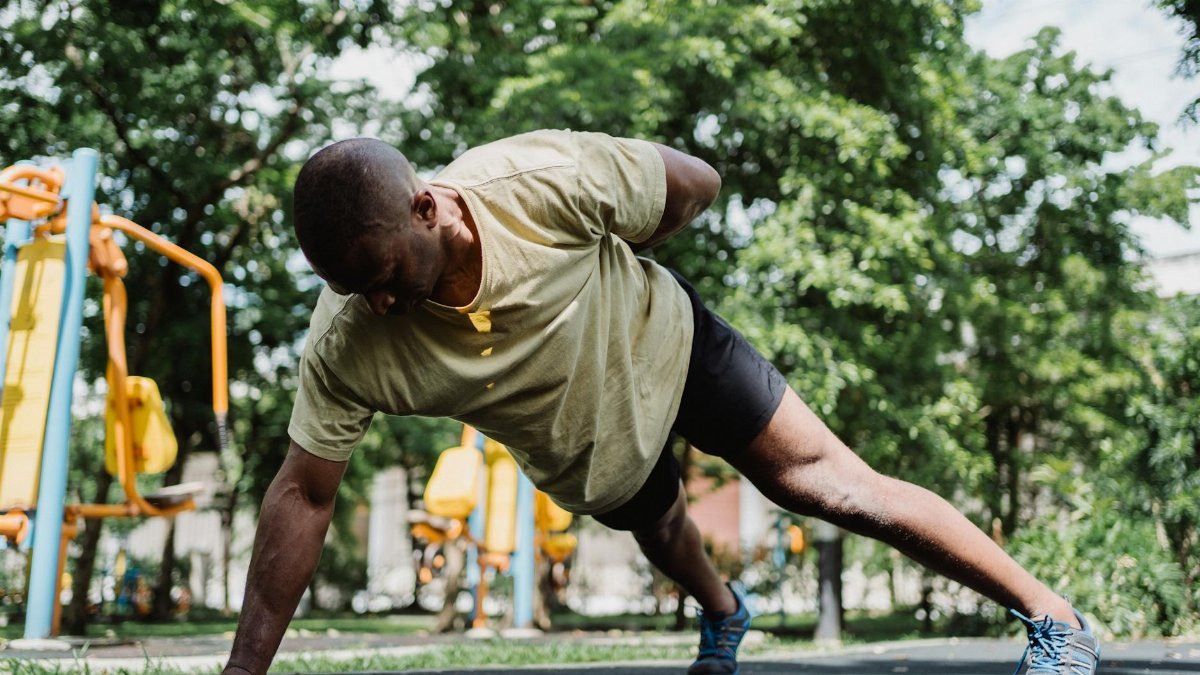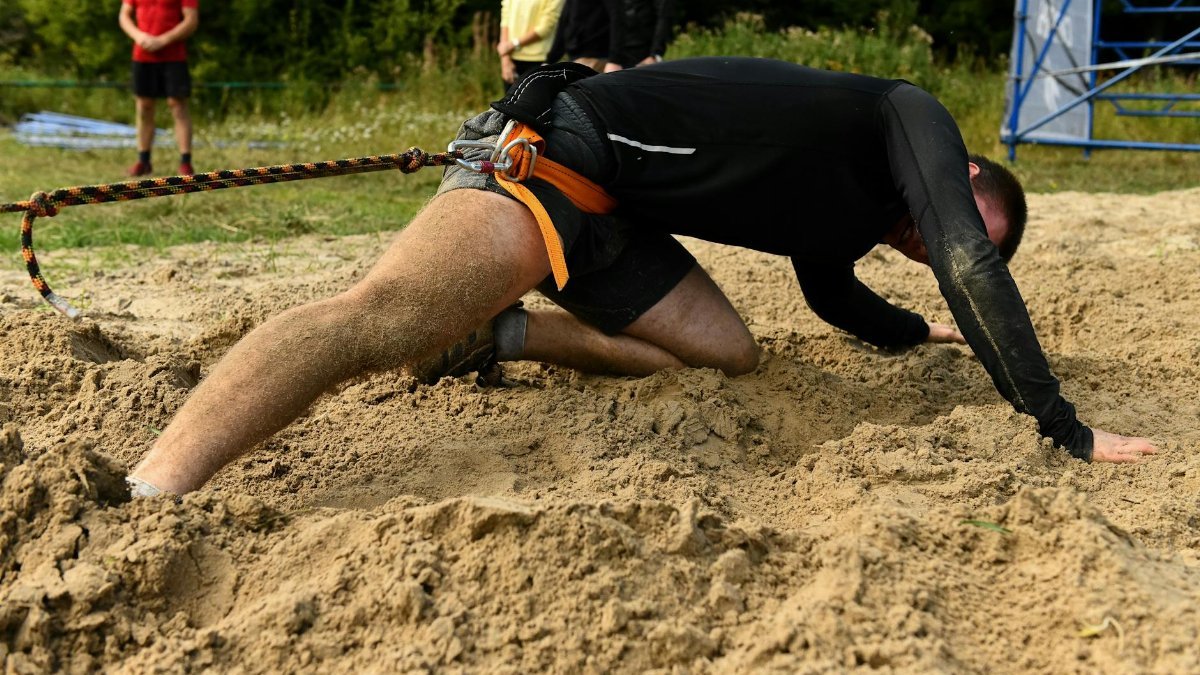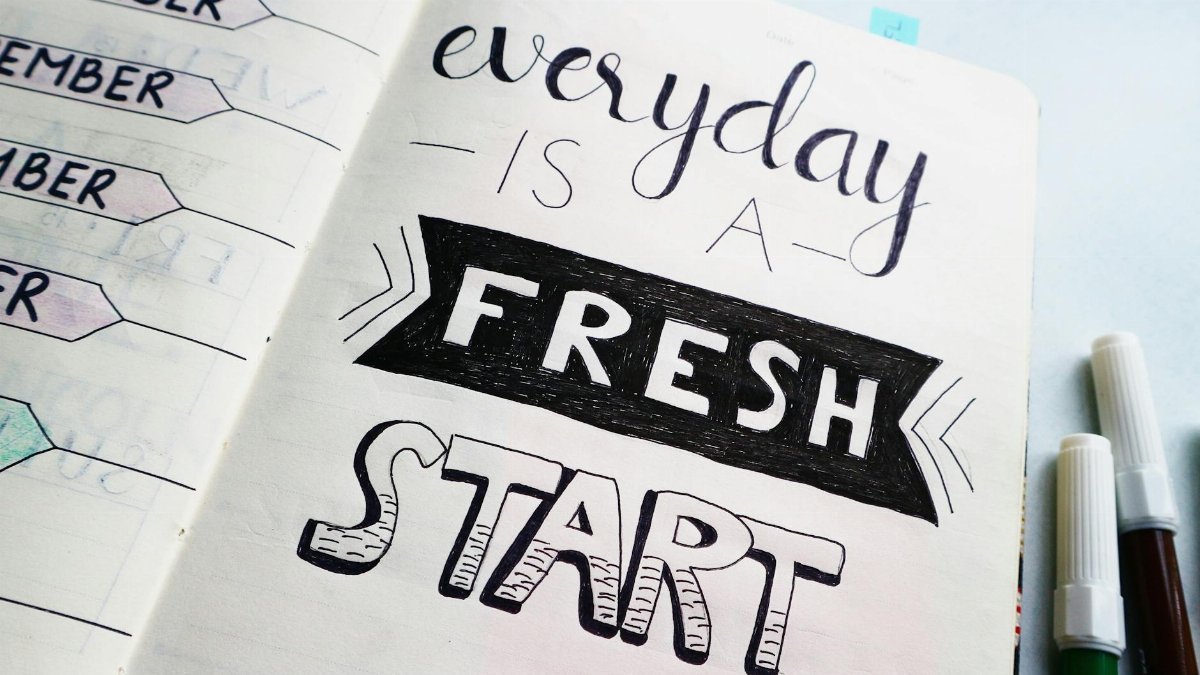New data shows 35% of fitness enthusiasts are now incorporating ruck marching into their routines for its unique blend of cardio and strength. This low-impact exercise, which involves walking with a weighted backpack, is gaining traction across the U.S. as a practical way to build endurance without the joint stress of running. The ruck marching benefits are clear: improved aerobic capacity, muscle resilience, and mental toughness. From military training to civilian workouts, it’s a trend reshaping how Americans stay fit in 2025.
What Is Ruck Marching?

Ruck marching, at its core, is walking with a weighted pack, often rooted in military training to simulate carrying gear over long distances. Today, it’s a fitness staple for anyone seeking low-impact cardio. The added weight—typically 20 to 50 pounds in a backpack—amps up the challenge, engaging core, leg, and back muscles while boosting heart rate. It’s accessible, requiring minimal gear beyond a sturdy pack and comfortable shoes, making it a go-to for beginners and seasoned athletes alike.
Cardio Without the Joint Pain

Unlike running or high-intensity interval training, ruck marching delivers cardiovascular gains with less strain on knees and ankles. The steady pace and weight distribution spread impact evenly, reducing injury risk. A 2021 study from the University of Pittsburgh found that weighted walking can burn up to 30% more calories than standard walking, rivaling moderate jogging. For those dodging joint issues, this is a game-changer. Check the research summary at University of Pittsburgh for related health studies.
Strength and Endurance in One

Carrying a load while marching doesn’t just elevate heart rate—it builds muscle. The constant resistance targets quads, glutes, and lower back, while stabilizing the pack strengthens the core. Over time, this translates to better posture and functional strength for everyday tasks. Military personnel have long relied on ruck marching benefits to prep for grueling missions, and civilians are now reaping similar rewards for stamina in hikes, work, or even emergency preparedness.
Mental Grit Through Physical Challenge

Ruck marching isn’t just a body workout; it’s a mental test. Lugging weight for miles demands focus and perseverance, forging resilience. Fitness trainers note that clients often report a sense of accomplishment after completing a ruck, akin to crossing a finish line. This psychological boost is why many incorporate it into stress-relief routines. It’s not uncommon to see ruckers pushing through urban parks or trails in 2025, using the challenge to clear their heads.
Gear Up Right for Safety

Getting started with ruck marching requires the right setup to avoid injury. A well-fitted backpack with padded straps and a hip belt is crucial to distribute weight evenly. Start with 10-20% of your body weight in the pack, gradually increasing as strength builds. Experts at the National Institute for Occupational Safety and Health emphasize proper load management to prevent back strain—guidelines can be found at CDC NIOSH. Sturdy footwear with ankle support is also non-negotiable on uneven terrain.
Where to Ruck and How to Start

Ruck marching adapts to any environment—urban sidewalks, park trails, or suburban hills. Beginners should aim for 2-3 miles at a moderate pace, 2-3 times a week, focusing on form over speed. Join local rucking groups or events for motivation; many cities host meetups through fitness apps. As skills grow, extend distance or weight, but always prioritize recovery with stretching and rest days. The ruck marching benefits compound with consistency, making it a sustainable fitness habit.

As an education professional with a background in Biology and Physics, Dr. Christoph Weber is the analytical heart of Fulfilled Humans. He ensures every piece of content is insightful and grounded in credible knowledge.
Disclaimer
The content on this post is for informational purposes only. It is not intended as a substitute for professional health or financial advice. Always seek the guidance of a qualified professional with any questions you may have regarding your health or finances. All information is provided by FulfilledHumans.com (a brand of EgoEase LLC) and is not guaranteed to be complete, accurate, or reliable.
